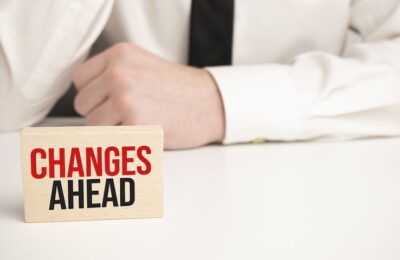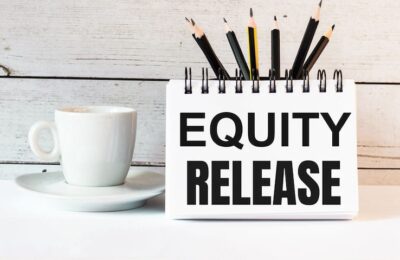Pension pot top-ups before 6 April
The current tax year comes to an end on 5 April. As this date approaches, it is prudent to review your pension contributions and consider whether it would be beneficial to pay a pension top up before the end of the tax year.
Is there a limit on tax-relieved contributions?
Yes — tax relief is only available on contributions to registered pension schemes up to certain limits. Individuals can make contributions to the higher of £3,600 and 100% of their earnings, as long as they have sufficient annual allowance available to shelter the contributions. Contributions can be made by (or on behalf of) non-taxpayers up to £3,600 a year. Net of basic rate relief at 20%, this will cost £2,880.
How much is the pension annual allowance?
The (pension) annual allowance is set at £60,000 for this tax year. However, a taper applies which reduces this allowance if you have:
- adjusted net income of £260,000 or more (broadly income including pension contributions); and
- threshold income of £200,000 or more (broadly income excluding pension contributions).
Where both of these apply, the annual allowance is reduced by £2 for every £1 by which adjusted net income exceeds £260,000 until the minimum level of the annual allowance is reached. This is currently set at £10,000.
The impact of the taper means that if your adjusted net income is £360,000 or more, and your threshold income is at least £200,000, you will only receive the minimum annual allowance of £10,000.
A reduced annual allowance – the money purchase annual allowance (MPAA) — also applies if you have flexibly accessed a money purchase pension pot having reached the age of 55. This is also currently set at £10,000.
What about employer contributions?
Contributions made by your employer count towards the annual allowance. They are also considered when working out adjusted net income for the purposes of determining whether the annual allowance taper applies.
Don’t forget unused allowances from earlier years
Where the annual allowance is not fully utilised in a tax year, the unused portion can be carried forward for up to three years. This means that when working out the total tax relieved pension contributions that you can make before 6 April, you need to consider not only the available annual allowance for the current tax year, but also any unused allowances brought forward from the last 3 tax years.
Allowances brought forward from a previous year can only be used once the current year’s annual allowance has been used up. Once this has been done, brought forward allowances from an earlier year are used before those of a later year. Any allowances brought forward from three tax years ago are lost if they are not used by 5 April in the current tax year. However, remember, contributions cannot exceed 100% of your earnings (or £3,600 if higher).
Why make additional pension contributions?
Making pension contributions is tax-efficient as relief is given at your marginal rate of tax. This means that a contribution of £100 will only cost you £60 if you are a higher rate taxpayer, and £55 if you are an additional rate taxpayer.
Planning ahead to secure an income in retirement is worthwhile in itself.
If you have some or all of the annual allowances available from previous years, making contributions to mop them up prevents them from being lost.
Pension contributions may also protect your personal tax allowance
Making pension contributions can also be useful if you want to reduce your income, for example to preserve some or all of your personal allowance for the current tax year or to move into a lower tax bracket. The personal allowance, currently set at £12,570, is reduced by £2 for every £1 by which adjusted net income (in this instance, income before personal allowances and less trading losses, charitable donations and pension contributions) exceeds £100,000. This means that the personal allowance is lost once adjusted net income reaches £125,000. Because of the taper, the marginal rate of tax between £100,000 and £125,000 is 60%. Where making additional pension contributions is an option, this can be valuable, whether to prevent losing any of the personal allowance or to preserve some of it or more of it.
We can help
If you are thinking of making additional pension contributions before the end of the tax year, we can help you work out your options in conjunction with your own pensions adviser or can put you in touch with Laurence from Sterling and Law.
About Jon Pryse-Jones
Since joining THP in 1978, Jon Pryse-Jones has been hands on with every area of the business. Now specialising in strategy, business planning, and marketing, Jon remains at the forefront of the growth and development at THP.
An ideas man, Jon enjoys getting the most out of all situations, “I act as a catalyst for creative people and encourage them to think outside the box,” he says, “and I’m not afraid of being confrontational. It often leads to a better result for THP and its clients.”
Jon’s appreciation for THP extends to his fellow team members and the board. “They really know how to run a successful business,” he says. He’s keen on IT and systems development as critical to success, and he continues to guide THP to be at the cutting edge and effective.
Read More











